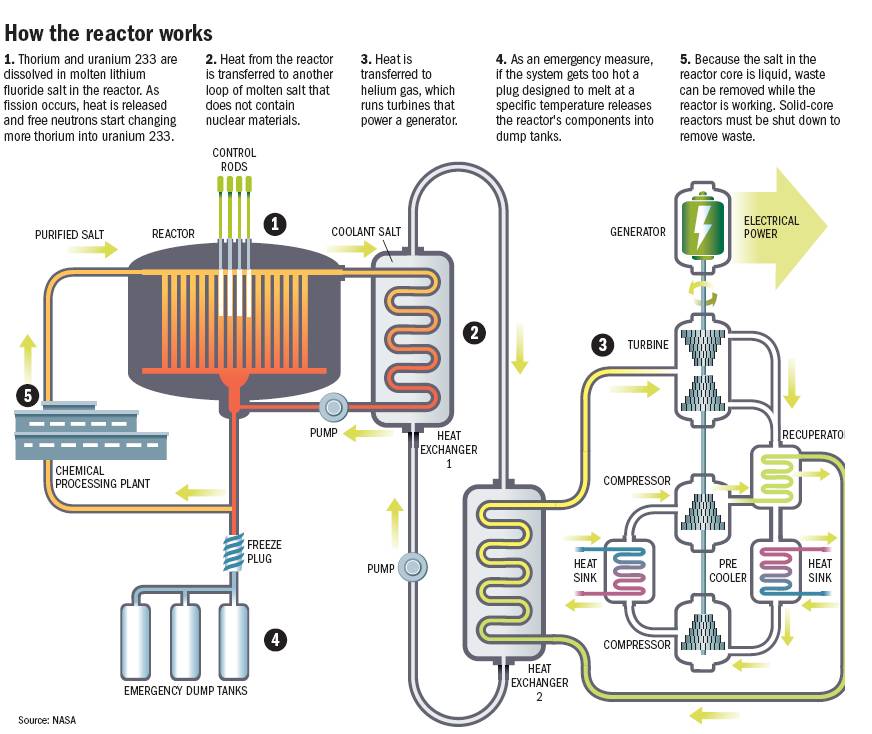To power a rocket, the team has devised a system in which a powerful magnetic field causes large metal rings to implode around this plasma, compressing it to a fusion state. The converging rings merge to form a shell that ignites the fusion, but only for a few microseconds. Even though the compression time is very short, enough energy is released from the fusion reactions to quickly heat and ionize the shell. This super-heated, ionized metal is ejected out of the rocket nozzle at a high velocity. This process is repeated every minute or so, propelling the spacecraft.
On a related note, this might be only two years away after all:











